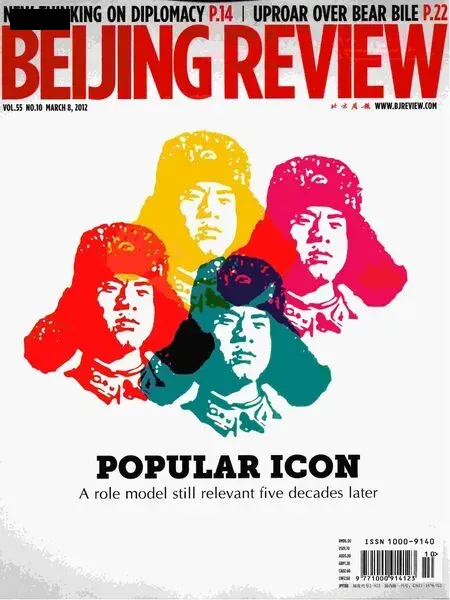Gaining an Edge in the MICE Industry
Gaining an Edge in the MICE Industry
On August 8, 2008, the Olympic Games were held in Beijing, bringing the China National Convention Center (CNCC) to the center of the world stage. CNCC, the largest conference and exhibition center in Asia, is located in the heart of the Olympic Green, adjacent to the National Stadium, often known as the Bird’s Nest, the National Aquatics Center, known as the Water Cube, and the National Indoor Stadium.
After the 2008 Olympic Games, CNCC returned to its original function—an international convention and exhibition facility.It began to make pro fi t less than a year after it opened to the public, thanks to its market positioning, as well as good operation and management model.
Liu Haiying, General Manager of CNCC, recently shared CNCC’s experience withBeijing Review.
Beijing Review: CNCC was built for the 2008 Olympic Games. Did its original designers give much thought to the facility’s function after the Olympic Games?
Liu Haiying: Since CNCC was opened to the public more than two years ago in late 2009, it has produced good economic and social bene fi ts.It began to make a pro fi t in 2010, its fi rst full year in operation, which was incredibly quick for a former Olympic facility.
Now, 15-20 percent of large conferences in China are accompanied with exhibitions, so they need a lot of space. CNCC’s original design took into consideration its market positioning and function after the Olympic Games.
At the outset, CNCC’s management team conducted market research and came up with the conference-plus-exhibition design plan for the facility. The exhibition hall on the fi rst fl oor covers an area of 22,000 square meters,which means it is large enough for 85 percent of the exhibitions held in Beijing. Now, its exhibition area has been expanded to 40,000 square meters. Thanks to the far-sighted design, large scale conventions and exhibitions can be held in the center simultaneously.
Currently, competition in China’s convention and exhibition market is very fierce. Many conference and exhibition centers use price competition as a major business strategy. What are your thoughts on that?
Price competition is not CNCC’s strategy. We have three key business areas:conference, exhibition and catering services. Every business has its own market positioning. In the conference market, we position CNCC as the “ideal place for high-end, large conferences” to attract high-end customers. In the exhibition market, we position CNCC as “the best venue for high-end small and mediumsized exhibitions.” In the catering service market, we position CNCC as an dinning place with exceptionally large capacity, being able to accommodate 10,000 guests at a time.
Because of our position at the high-end of the market, we have never engaged in price competition. Now, CNCC’s positioning has been accepted in the market. Our quality service has not only given customers an optimal experience, but also boosted customer’s own value and image.
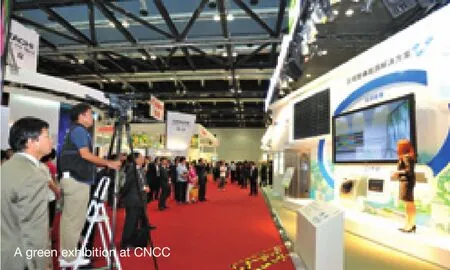
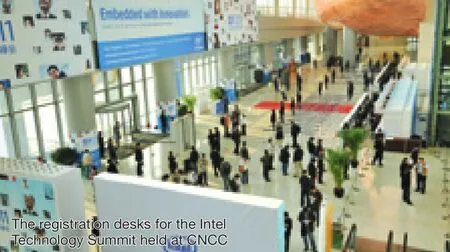
CNCC’s rent is the highest in Beijing,while its occupancy rate is the highest in China. A large conference may cost 20 million-30 million ($3.2 million- 4.8 million),which almost equals the annual revenue of some conference and exhibition centers. In 2011, as the venue of 831 conferences and 69 exhibitions, CNCC received about 300,000 meeting participants, 18,000 exhibitors and 1.14 million visitors to exhibitions. It received 350-plus distinguished guests above the rank of government minister.
This year, CNCC is expected to make a profit of 100 million yuan ($15.9 million).
Its catering service is the trump card of CNCC. Can you talk about CNCC’s catering business in detail?
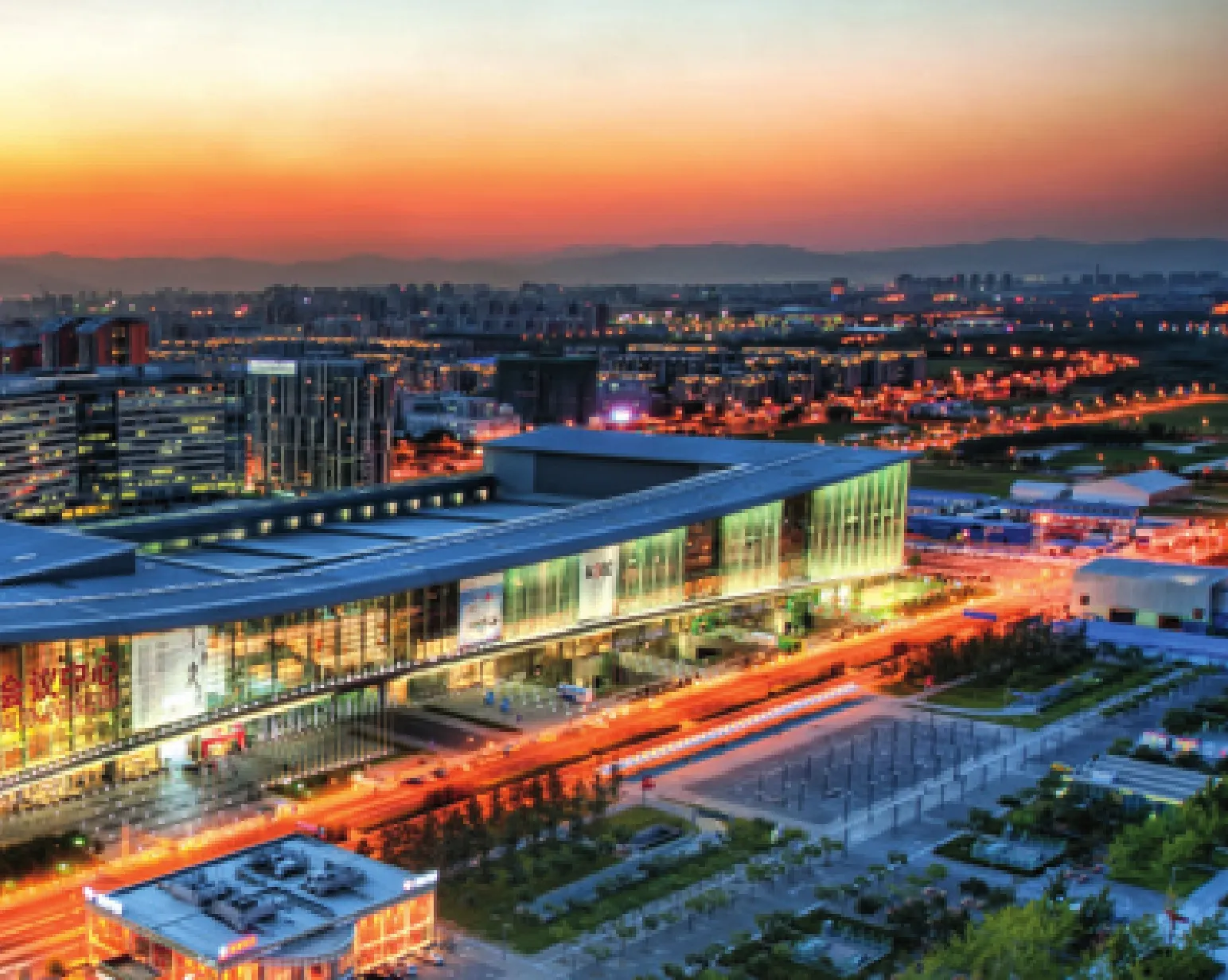
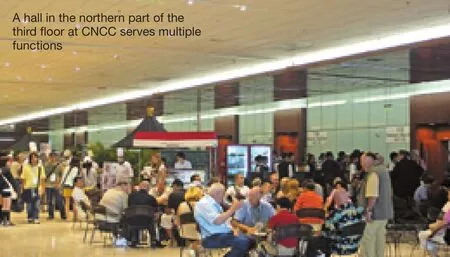

Most conference and exhibition centers in the world do not have good kitchens, and so they rely on their business partners for the catering services. Yet, food quality is often somewhat compromised in the delivering process, and is hardly satisfactory to customers, which has affected the income structure of most conference centers in China.
In 2007, CNCC’s management team strived to gain ISO 22000 Certification for food safety management system, and Hazard Analysis and Critical Control Point (HACCP)Certification. To meet these standards, before the Beijing Olympic Games were over,the kitchen on the first underground level was expanded to cover 5,500 square meters; kitchens were added on the first to third floors, and every meeting room on the first to fourth level can be used for banquets and buffets.
To produce delicacies in both Chinese and Western styles, we hire senior local and foreign chefs. Currently, CNCC’s food supply capacity is the largest in the industry. The catering service has become the most competitive business module of CNCC.
Over the years, we have keenly realized that high standard catering services can also elevate CNCC’s qualification and attract conferences and exhibitions at a higher level.
The catering service has significantly increased CNCC’s sales. In 2011, a total of 2.18 million people dined in CNCC, contributing one third of CNCC’s total income.
Many conference and exhibition centers have been built in China. In terms of operation and management, what suggestions do you have for them?
At present, when talking about MICE industry, or meeting, incentives, conference and exhibition, people tend to focus on exhibitions, and hence, conference and exhibition centers are mostly built to meet exhibition needs, whereas the trend to combine conferences and exhibitions is neglected. Once such conference and exhibition centers are put into operation, they cannot meet market need and hence have low occupancy rate. We have encountered such problems in many facilities, whose functions are not well integrated.For instance, an exhibition space cannot be used for conferences, whereas a conference room usually does not have a good catering service, so food and beverages for a high-end meeting have to be ordered from another place. I think it takes time to change.Through practice, conference and exhibition centers will find their right positions in the market and improve their efficiency.
CNCC was once an Olympic facility. What can people learn from its successful transformation into a conference and exhibition center after the Olympic Games?
First, the design of Olympic venues should take into account their functions during and after the Olympic Games. Second, marketing for the post-Games function should start before the Olympic Games have concluded.Third, the transformation of functions after the Olympic Games should be completed as soon as possible.
In 2007, before the Olympic Games began, we had set up a preparation team to recruit people, make suggestions on functional transformation after the Olympic Games, and launch marketing initiatives.This is one of the secrets to our successful transformation after the Olympic Games.
The 2010-15 period is a critical time as China accelerates the transformation of its economic development model, which also provides opportunity for the MICE industry. Can you talk about CNCC’s plan for the future?
Now, CNCC faces some challenges. First,its space is still not enough to satisfy market need. On May 28, the fi rst Beijing Fair hosted by the Ministry of Commerce and Beijing Municipal Government will be held at CNCC.CNCC’s current space cannot meet the need of this fair. We wish to take this opportunity to further expand our space.
Second, we should develop a chain business under our brand. In the 1990s, Beijing Northstar Industrial Group converted the press center of the 1990 Asian Games into the Beijing International Convention Center,kicking off the MICE industry in China. As the pioneer in the MICE industry, Beijing Northstar Industrial Group owns the earliest and largest conference center in China.We wish to pool the strengths of Beijing International Convention Center and CNCC into one brand, and strengthen our overall management.
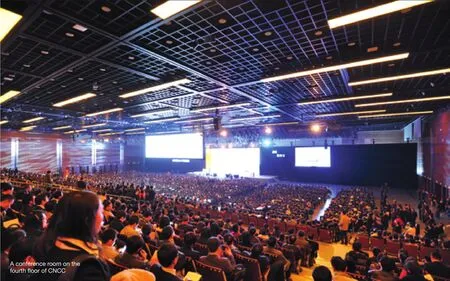
CNCC Profile
The China National Convention Center (CNCC)was built with a total investment of 5 billion yuan ($794.4 million) from Beijing Northstar Industrial Group. With eight floors above the ground and two levels underground, CNCC occupies an area of 12 hectares, and has a total fl oor area of 530,000 square meters.
A little more than half of its total floor area, or 270,000 square meters, is exhibition space and the remaining 260,000 square meters are supporting facilities, including two hotels and two of fi ce buildings. CNCC is currently the largest conference center in Asia.
CNCC has 100 meeting rooms, which can accommodate 20,000 people. The Plenary Hall on the fourth fl oor can seat 6,000 people, and is an ideal venue for meetings,banquets, exhibitions and performances. The Ballroom can accommodate 4,000 meeting participants or 3,500 guests to banquet. The 40,000-square-meter exhibition area can be used to host large events such as banquets,meetings and performances.
The Plenary Hall, Ballroom and the Auditorium are all equipped with advanced digital audio and visual equipment, and all meeting rooms have digital meeting recording systems and simultaneous interpretation equipment.
The catering service is a highlight of CNCC. A 5,500-square-meter kitchen lies on the first level underground, and there is a kitchen on each of the first to third floors.Banquets and buffets can be offered at every meeting room on the fi rst to the fourth fl oor.
CNCC has a strong catering service team.The executive chef is from France and has worked for 15 years in joint venture hotels in China. All other chefs have work experience in fi ve-star hotels.
CNCC’s quality catering service has won many big orders. For instance, in January 2010, SAP, a major global software company,held its annual meeting in the Asia-Pacific region in CNCC. The 900 participants spent 4.35 million yuan ($690,500) on the catering services in the four-day meeting.
CNCC is proud of its stunning architectural design blending both traditional and modern elements. Because the front of the CNCC building looks like a traditional Chinese bridge, CNCC believes its role is to communicate with the world.
Located between Beijing’s fourth and fifth ring roads, CNCC boasts an enviable location and is easily accessible in every direction. Within 5 km from CNCC there are many quality hotels, catering facilities, shopping malls and entertainment facilities.
CNCC has successfully transformed from an Olympic venue into a lucrative conference and exhibition center.
During the Beijing Olympic Games in 2008, CNCC was both a competition site and media center. The Plenary Hall on its fourth floor was the site for fencing preliminaries and finals and modern pentathlon (fencing and shooting), while the exhibition space on the first floor was used as the International Broadcasting Center. CNCC Grand Hotel served as the Main Press Center and provided lodging to hundreds of journalists from home and abroad. CNCC’s Ballroom became the site for Wheelchair Fencing and Boccie during the Beijing 2008 Paralympic Games.
After the Olympic Games, CNCC was renovated to become the largest conference center in Asia. It was of fi cially opened to the public in November 2009.
Although some former Olympic venues have faced many problems after the Olympic Games, CNCC has made a huge pro fi t.
In 2010, CNCC’s fi rst full year in operation,it hosted 663 events, including 14 international exhibitions and 54 international conferences,drawing 717,000 participants in total.
In 2011, CNCC hosted 831 meetings and 69 exhibitions, which were respectively participated in by 300,000 and 1.14 million persons.
(All photos by CNCC)

